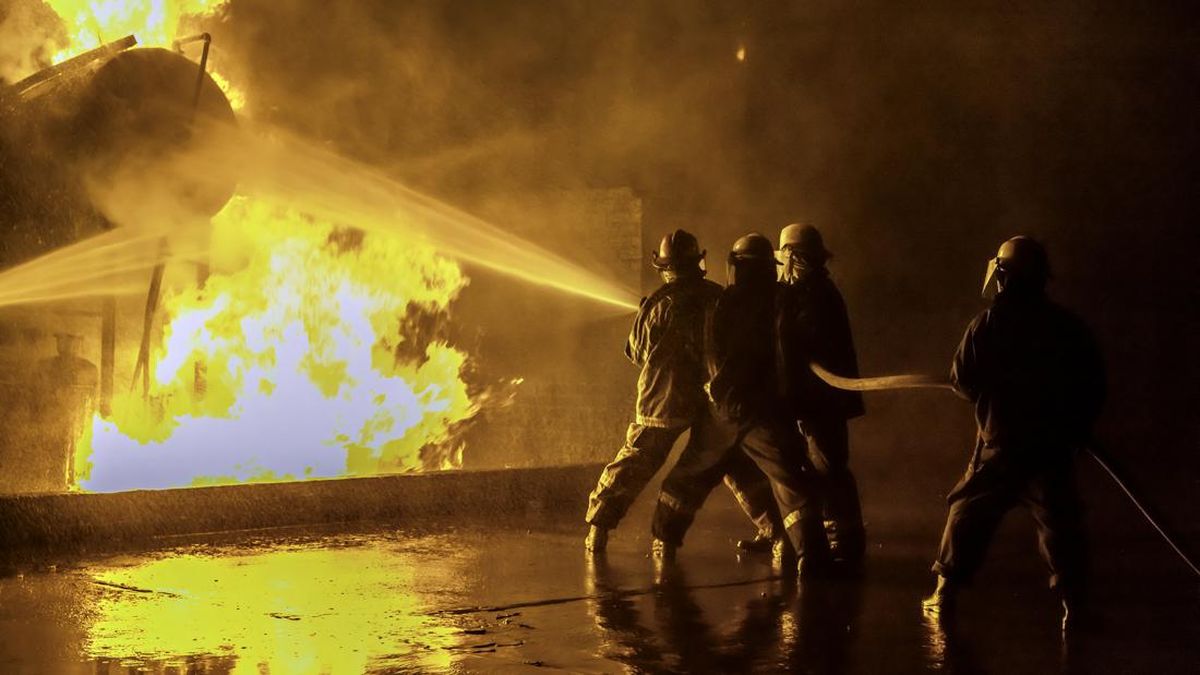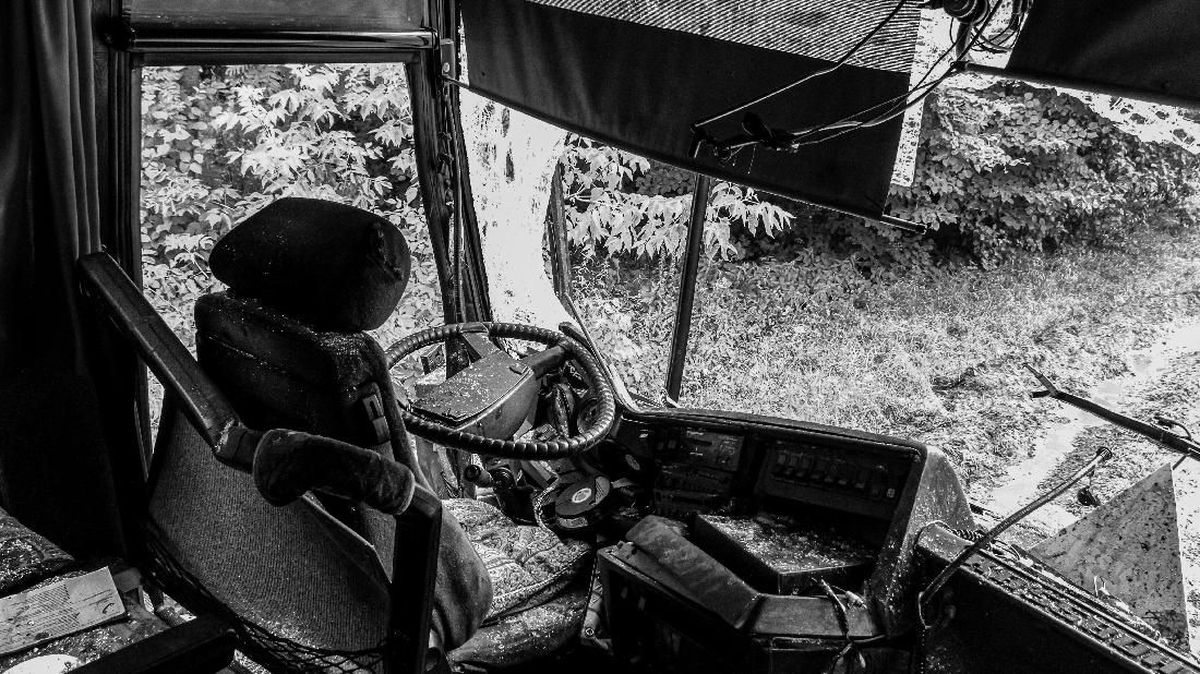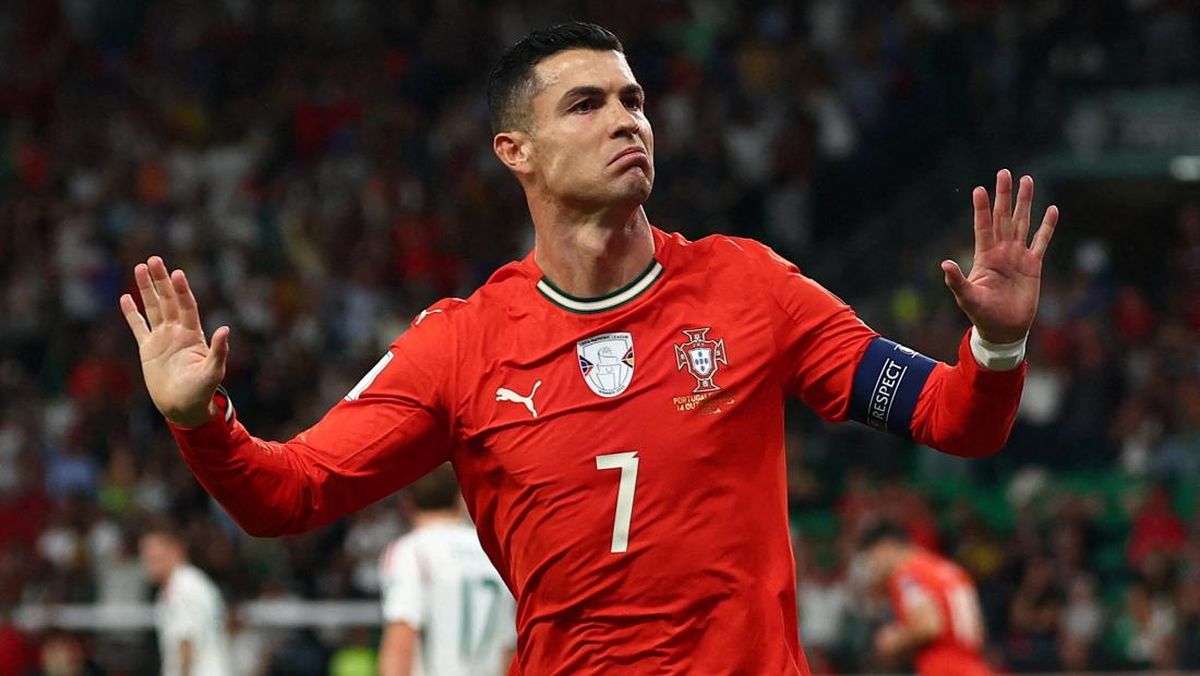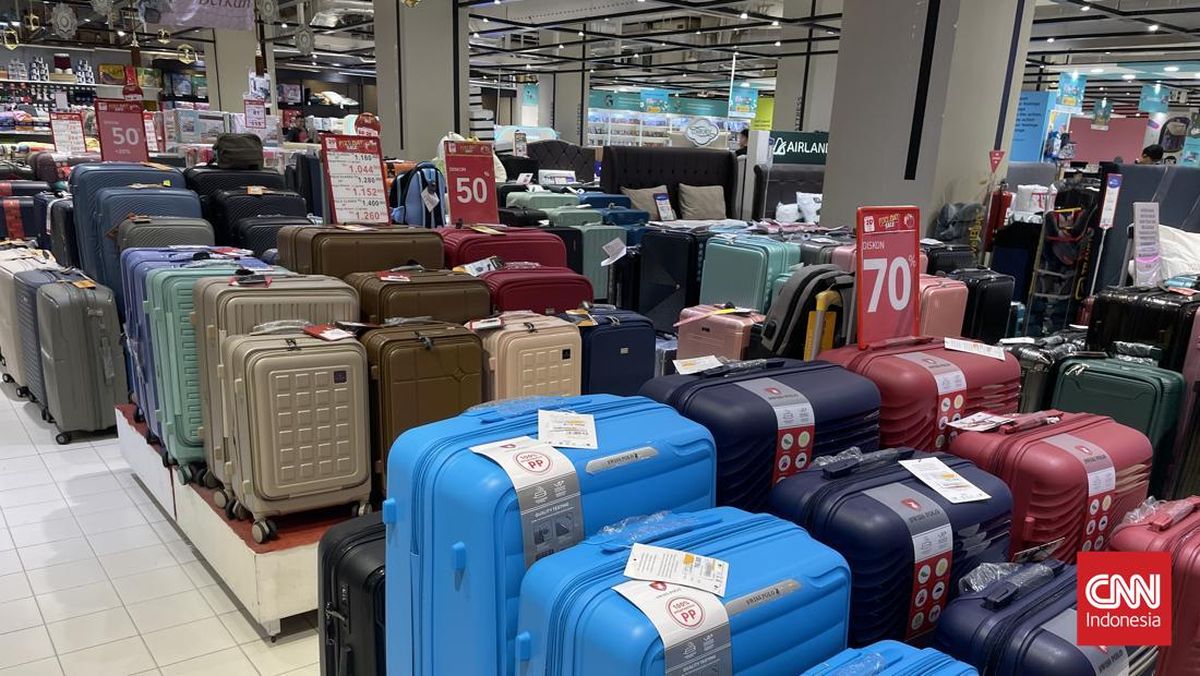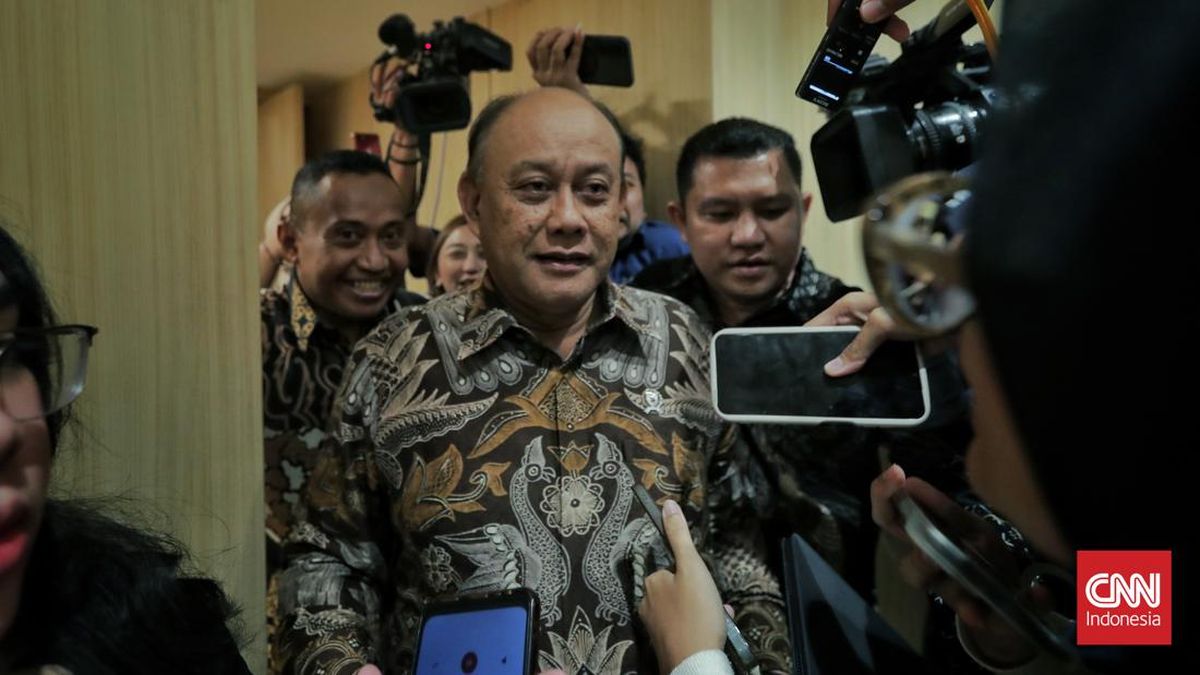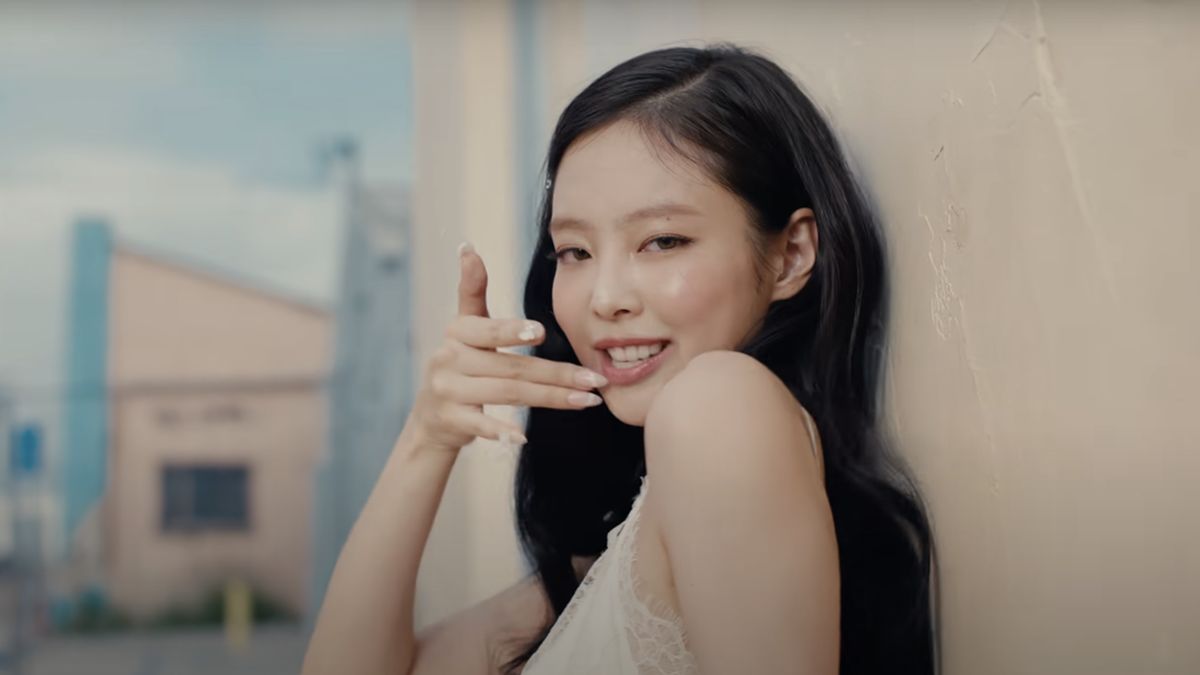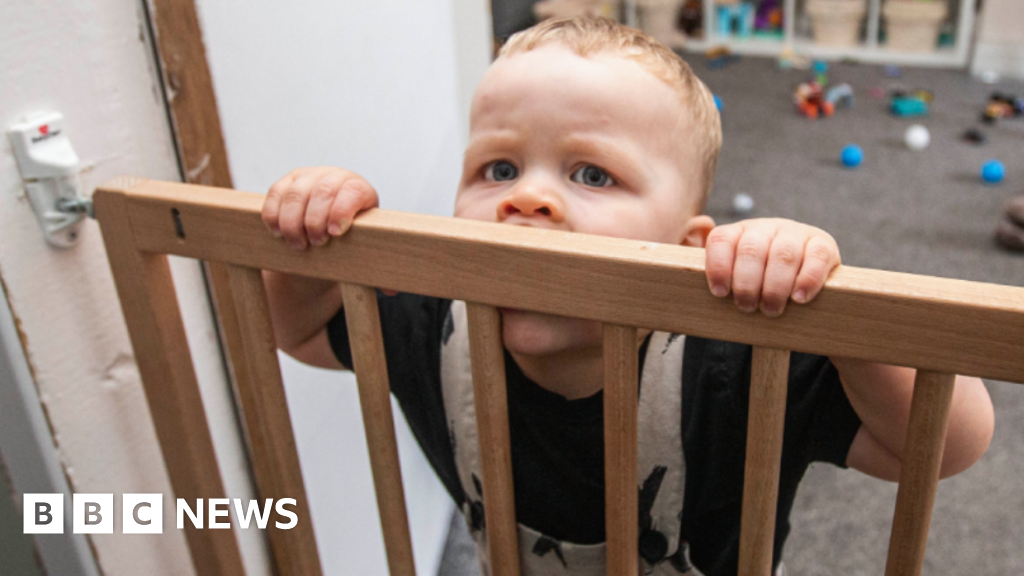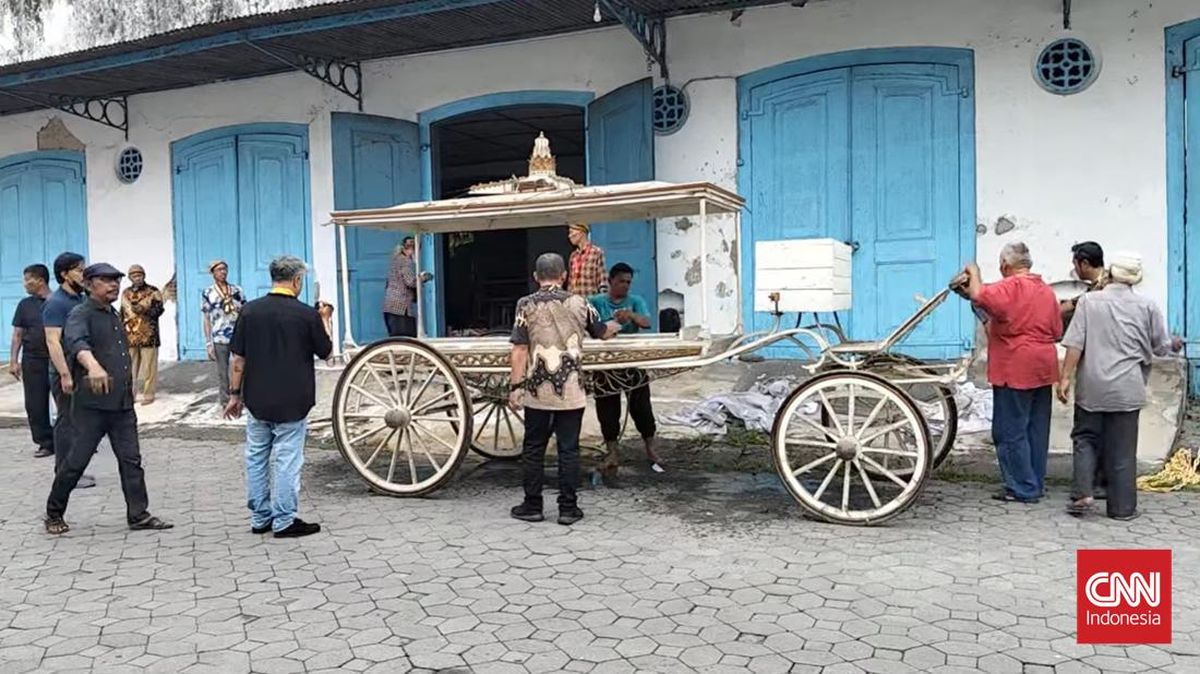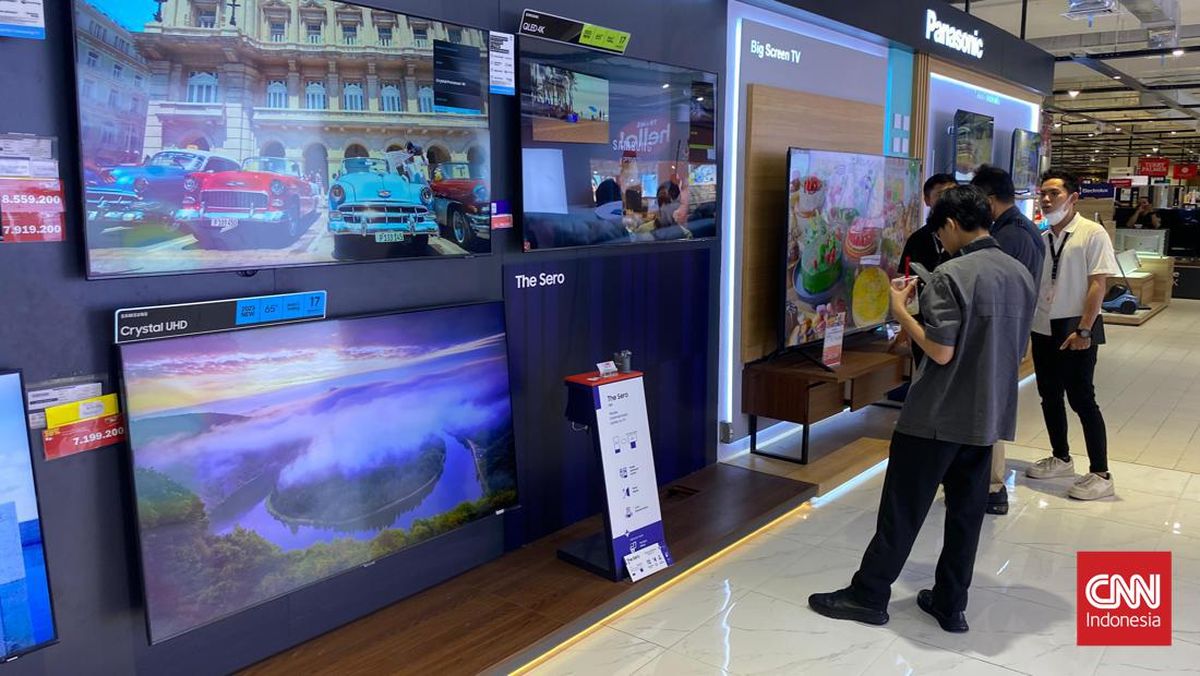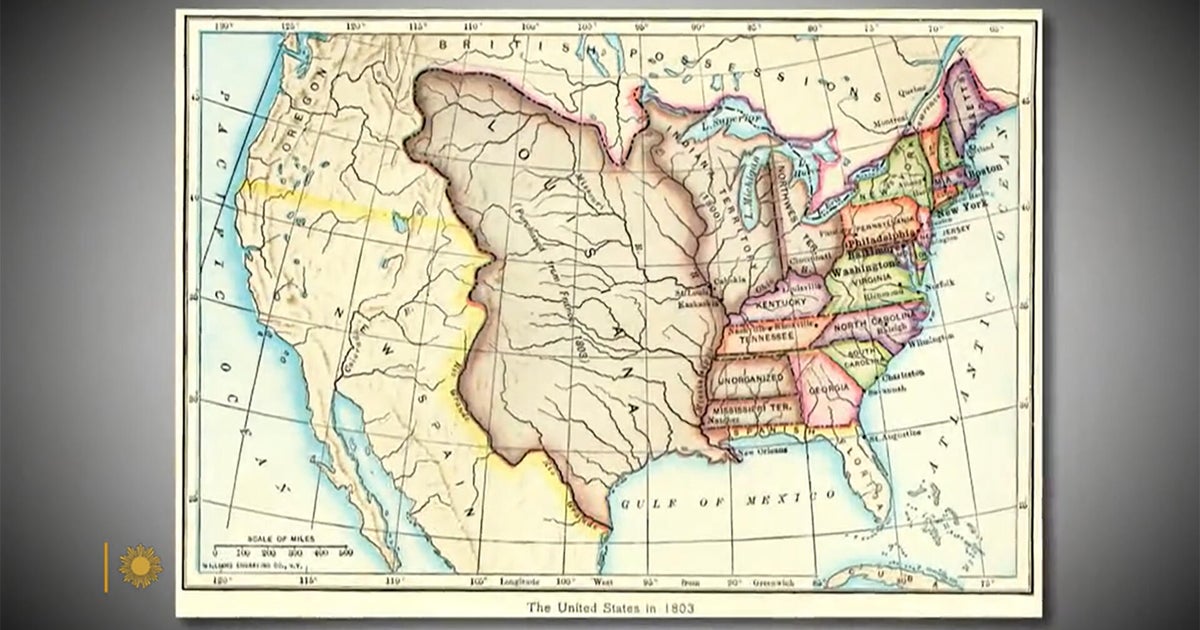Lens, Switzerland: It feels like an unlikely place to encounter the mesmerising work of Emily Kam Kngwarray, Clifford Possum or Sally Gabori.
Nestled beside a shimmering artificial lake in the Swiss Alps sits a gallery that is quietly reshaping the landscape of contemporary art in Europe. But it’s not just the architecture – an elegant, light-filled complex recently expanded to house artist residencies, a library and exhibition halls – that makes this place extraordinary.

French-Swiss philanthropist and art collector Bérengère Primat visiting artists in the APY Lands in 2021.Credit: APY Art Collective Centre
Just a few hours’ drive from Geneva, in a remote corner of Valais, the centre has become a cultural bridge between Australia’s greatest First Nations artists and European audiences.
At the heart of it is French-born, Swiss-based collector Bérengère Primat, who speaks not with the voice of a gallerist or art investor, but as someone gently compelled into something far greater than herself. “It was never a hobby,” she says. “It is an obsession.”
What began as a visceral connection with Indigenous Australian paintings in a Paris gallery two decades ago has become one of the world’s largest and most important private collections of contemporary Aboriginal art.
“I remember walking into that space and being instantly captivated – the works radiated a depth and energy that felt almost tangible … like stepping into another way of seeing and understanding the world.”
Guided by that exhibition’s curator, Arnaud Serval – who had lived with Indigenous communities since the age of 19 – Primat travelled to Alice Springs, the Kimberley and Arnhem Land. Over the next 12 years, she immersed herself in Aboriginal culture, often returning with paintings – not as a collector, but as someone who wanted to honour the time spent with artists and their stories.
Loading
Although today she’s known for cultural philanthropy, Bérengère Primat’s roots trace back to one of Europe’s most influential industrial families. She is the great-granddaughter of Marcel Schlumberger, a co-founder of the global oil services firm Schlumberger, and the grandniece of Dominique de Ménil, one of the 20th century’s most prominent art collectors and patrons. Art, science and legacy were constant themes in the household.
By 2017, she had amassed more than 1600 works (now, the number stands at about 2000). Still, it wasn’t until a pivotal trip to the APY Lands (Anangu Pitjantjatjara Yankunytjatjara), in the far north-west corner of South Australia, with her five children, that her purpose sharpened into focus.
“We did five communities there … and at the end, one of the artists over there told me, ‘There’s nowhere we can show our art in Europe which is not an ethnographic museum’.”
When the Pierre Arnaud Foundation in Lens, to which she had loaned works, ran into financial trouble, she took a leap – not to preserve her collection, but to honour that comment.
“The building needed to stay for cultural or artistic projects, and this is how I decided to dive into this.”
Funded largely from her own pocket, and with the help of some donors, the Fondation Opale is a private, non-profit institution that stands as a quiet monument to Primat’s singular vision and determination. Its aim, as she puts it, is simple but profound: “To present Aboriginal art as a living and evolving contemporary practice.”
“What we do is contemporary art. It’s not like the ancient art, even though the roots are deep inside those ancient culture and values. But it is contemporary.”

Primat established the Fondation Opale, which hosts the largest private collection of Australian Indigenous art in Europe.Credit: Studio_54/Olivier Maire
“It is also a haven for Aboriginal artists, a place where they can come and be loud, say whatever they want.”
That ambition has taken shape through a series of sharply curated exhibitions – from meditations on music and silence, to the influence of First Nations artists on figures such as Yves Klein, to laser-focused snapshots of particular moments in time, such as Papunya, 1971. But what gives the program its distinct edge is the deliberate pairing of Aboriginal artists with those from different traditions. This year’s show Beneath the Reflections of the World does exactly that, placing the late Queensland artist Mirdidingkingathi Juwarnda Sally Gabori in conversation with American painter and outsider visionary Forrest Bess.
When asked why this kind of cross-cultural exchange remains central to her curatorial approach, Primat is firm: “Because they break down artificial boundaries.”
Georges Petitjean, who was one of the first people in the world to gain a PhD in Indigenous Australian art in the early 2000s at La Trobe University, has been with Primat every step of the way – a trusted adviser and sounding board who now serves as curator of Fondation Opale.
He believes Primat has compiled the “most interesting” collection on the continent.
The two met nearly two decades ago when he was then director at the now defunct AAMU Museum of Contemporary Aboriginal Art in Utrecht, and recognised early the significance of Primat’s growing collection.

The impressive Fondation Opale nestled by a man-made lake in the Swiss Alps. Credit: Fondation Opale
“When his museum closed in 2017, I asked him to become the curator of my collection,” she says. “It’s great for me because I have someone I can talk to who understands everything … who knows this art and this culture and who has spent time with artists himself when he was in Australia.”
Primat says Petitjean helped guide not only her taste, but the institutional credibility of her efforts.
Despite building one of the most respected private collections in the world, Primat remains modest – even reluctant – about the accolades.
“Again, I never … started the collection for that. That’s not something that is very important for me.”
What matters most is the reception the works receive – especially from those who know the stories behind them best.
“One lady told me, ‘I always feel very proud … but when I see what you have done here and how it is presented and exhibited, I feel even prouder.’”
“So yes, that means that we are on the good path anyway.”
“I don’t want to say that I help them because it’s maybe a bit pretentious, but I can see a difference. If they sell the art … it makes life a little bit easier for them.”
In communities where respect and trust are hard-earned, Primat says her presence – and her willingness to listen – helped forge long-lasting ties.

All Sally Gabori’s work in the show is drawn from the collection of Bérengère Primat, who has been collecting Aboriginal art for more than 25 years.Credit: Fondation Opale
“I had the chance to go for the first time with someone who knew the communities … so I was immediately accepted and welcomed.
“Being with my kids … changed a lot of things because for them, families are so important.”
Her children, raised among red earth canvases and stories from the desert, have taken on the passion too.
“All of my siblings – and I’m the oldest of eight children – and my mum, and they all have Australian Indigenous art in their house as well.
“And my mum, she only had that. That’s the only art you have in her house.”
Skye O’Meara, chief executive of the APY Art Centre Collective, says Primat’s investment will make a significant and long-lasting difference for Indigenous artists, and the industry.

From left, Sally Gabori’s great-granddaughter Tori Juwarnda Wilson-Gabori, daughter Amanda Gabori Dibirdibi and great-granddaughter Narelle Gabori in Paris in 2022.Credit: SAY WHO Media
“From the outset, she committed to building her collection in a way that prioritised artists’ care, support and best remuneration,” she says. “When she started, there was far less structure, and more cowboys in the industry; ethical pathways were difficult for the average collector. Bérengère found them, and committed.”
What made Primat unique as a collector – and now makes her unique as a director – O’Meara says, is her unwavering commitment to living artists and the diversity of art and culture coming from First Nations communities.
“At a time when many galleries, dealers and museums have become increasingly conservative, risk-averse, with a tendency to focus on celebrating artists who have passed away, Bérengère has consistently chosen a different path,” she says.
“She champions the careers of living artists, believing that they deserve recognition and support now, while they are working and innovating. In this regard, she shows more courage than many. Bérengère is determined to see First Nations artists celebrated on the world stage and she is making that happen.”
O’Meara says the difference it is making cannot be measured now, but will be understood in coming years.
Loading
“We will begin to truly see the historic significance of Bérengère’s vision and the Opale Fondation’s role in elevating Indigenous artists and their work on the world stage,” she says.
Primat is perhaps proudest of the fact that more global institutions are now catching on to the wonder of Indigenous Australian art and major commercial galleries are paying attention. And collectors – even celebrity ones such as Steve Martin, whose own collection has drawn global attention – are taking it seriously.
Even if she occasionally misses out on a piece, she says, that’s cause for celebration.
“I’m really happy. I’m like, that’s great. It means that more and more people are interested. Instead of being sad … I’m like, yeah, cool.
“I’m always looking to the next step. What should I do? And I’m always, you know, asking myself: Am I doing the right thing? Is it really what is needed?
“I’m always trying to have the answer from the artists themselves.”
Beneath the Reflections of the World, featuring Forrest Bess and Sally Gabori, is showing at Fondation Opale until November 16.

